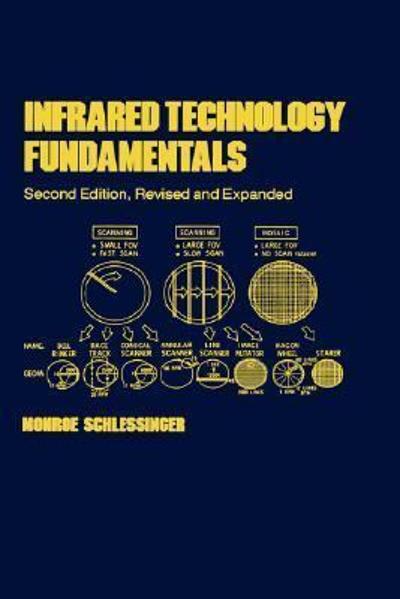Question
1. You normally drive on the freeway between San Diego and Los Angeles at an average speed of 105 km/h (65 mi/h), and the trip
1. You normally drive on the freeway between San Diego and Los Angeles at an average speed of 105 km/h (65 mi/h), and the trip takes 1 h and 50 min. On a Friday afternoon, however, heavy traffic slows you down and you drive the same distance at an average speed of only 75 km/h (47 mi/h).
a. How much longer does the trip take? Express your answer in minutes.
2. A race car starts from rest and travels east along a straight and level track. For the first 5.0 s of the car's motion, the eastward component of the car's velocity is given by vx(t)=(0.870m/s^3)t^2.
a. What is the acceleration of the car when vx = 13.3 m/s ? Express your answer with the appropriate units.
3. A small block has constant acceleration as it slides down a frictionless incline. The block is released from rest at the top of the incline, and its speed after it has traveled 6.00 m to the bottom of the incline is 3.80 m/s.
a. What is the speed of the block when it is 4.00 m from the top of the incline? Express your answer with the appropriate units.
4. A hot-air balloonist, rising vertically with a constant velocity of magnitude v = 5.00 m/s, releases a sandbag at an instant when the balloon is a height h = 40.0 m above the ground (Figure 1). After it is released, the sandbag is in free fall. For the questions that follow, take the origin of the coordinate system used for measuring displacements to be at the ground, and upward displacements to be positive.
a. Compute the position of the sandbag at a time 0.395 s after its release. Express your answer in meters. b. Compute the magnitude of the velocity of the sandbag at a time 0.395 s after its release. Express your answer in meters per second. c. Determine the direction of the velocity of the sandbag at a time 0.395 s after its release. downward or upward d. Compute the position of the sandbag at a time 1.35 s after its release. Express your answer in meters. e. Compute the magnitude of the velocity of the sandbag at a time 1.35 s after its release. Express your answer in meters per second. f. Determine the direction of the velocity of the sandbag at a time 1.35 s after its release. downward or upward
5. You throw a small rock straight up from the edge of a highway bridge that crosses a river. The rock passes you on its way down, 8.00 s after it was thrown. What is the speed of the rock just before it reaches the water 23.0 m below the point where the rock left your hand? Ignore air resistance. Express your answer with the appropriate units.
Step by Step Solution
There are 3 Steps involved in it
Step: 1

Get Instant Access to Expert-Tailored Solutions
See step-by-step solutions with expert insights and AI powered tools for academic success
Step: 2

Step: 3

Ace Your Homework with AI
Get the answers you need in no time with our AI-driven, step-by-step assistance
Get Started


